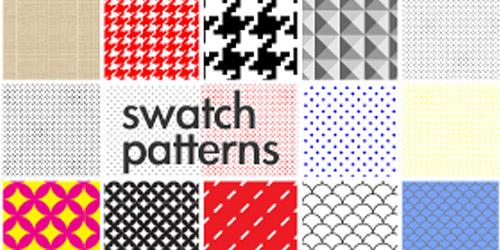
Changing the size of this box mostly affects how much spacing is between your pattern elements. Height and Width control, well, the height and width of the blue tile.

Even just playing with simple shapes, this option can create very unique and interesting solutions. Tile Type determines which direction/how the pattern repeats. You’ll notice that as soon as an object enters the tile, Illustrator generates the pattern surrounding it for you. The Tile (or blue blox) is the area where you create the element that you want to be repeated. To help visualize things, I recommend making a simple shape just to watch how everything works. Know Your Optionsīefore you start creating your pattern, take a moment to learn what options you have. What happens now only affects the pattern, so don’t worry about any other elements in your document. And tada! You’re in the Pattern Editing Mode. When we start creating the pattern, you’ll automatically be working in that area. My only suggestion is that wherever you visualize the center of your pattern, center that spot on the page. No rules here, just do what you need to do.

To create patterns in Illustrator, follow these six simple steps. Achieving a clean and consistent pattern is a breeze, and it doesn’t take long either. And in the past, they’ve been a pain to create.īut gone are the days of awkward copy-and-paste solutions! No more relying on guidelines to align an entire series of the pattern.Īs long you’ve got Adobe Illustrator CS 6 or CC 2014, patterns are now so incredibly easy to build. They can spice up your backgrounds or add a cool texture to an otherwise boring object. Patterns are really a fun aspect of design.


 0 kommentar(er)
0 kommentar(er)
